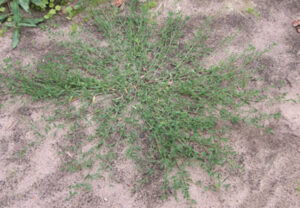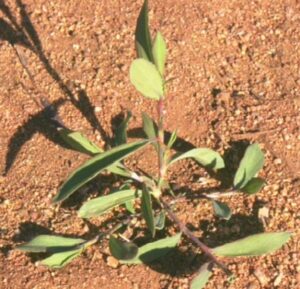
Figure 1. Wireweed (courtesy of HerbiGuide)

Figure 2. Wireweed (courtesy of HerbiGuide)
Description: Wireweed (Polygonum aviculare) is a hairless, ground-hugging or sprawling, annual or perennial herb with small oval leaves and small clusters of pink-tinged flowers. It is aggressive and fast growing with a strong, deep, tough, fibrous taproot.
Life cycle: Wireweed is annual or biennial. Seed germinates from autumn to early summer, and it flowers from late spring to autumn depending on the location.
As a soil indicator: Wireweed grows in a wide range of soils, but it prefers loams and heavy alkaline soils.
Negative attributes: Wireweed competes with other plants for water and nutrients.
Dispersal: Reproduction and dispersal occurs by seed. Wireweed sets large numbers of seed.
Legislation: None
Non-chemical control methods: Control can be achieved by preventing seed set. Graze or mow heavily or cultivate early in the autumn to reduce establishment. Plant a competitive crop in cultivated areas to help prevent the re-establishment of wireweed (see cover crop resources for more information).
Growers’ experiences: Henschke in South Australia considers wireweed to be a problem in young vineyards and has tried mowing or grazing early in autumn (straight after harvest) to reduce seed set. Some success has also been achieved with double cultivation – a practice where the ground is cultivated in autumn before the wireweed has germinated and then again after germination. This technique is also known as an ‘autumn tickle’. An ‘autumn tickle’ stimulates weed seed germination by placing seed in a better physical position in the soil. A well-timed ‘autumn tickle’ will promote earlier and more uniform germination of some weed species for subsequent control (Preston 2019).
Resources
Cover crops (AWRI webpage)
HerbiGuide (HerbiGuide website)
Henschke Wines: A non-chemical weed control case study from the Adelaide Hills, SA
Preston, A. 2019. Integrated weed management in Australian cropping systems (Grains Research and Development Corporation publication)
Contact
For further information, please contact:
AWRI helpdesk
Phone 08 8313 6600 Email helpdesk@awri.com.au

